Most Asian cities in South Carolina research summary. We analyzed South Carolina’s most recent Census data to determine the most Asian cities in South Carolina based on the percentage of Asian residents. Here are the results of our analysis:
-
The most Asian city in South Carolina is Tega Cay based on the most recent Census data.
-
Tega Cay is 10.15% Asian.
-
The least Asian city in South Carolina is Darlington.
-
Darlington is 0.0% Asian.
-
South Carolina is 1.7% Asian.
-
South Carolina is the 37th most Asian state in the United States.
Table Of Contents: Top Ten | Methodology | Summary | Table
Here are the cities in South Carolina with the largest Asian population in 2025:
Which city in South Carolina had the largest Asian population? Tega Cay took the number one overall spot for the largest Asian in South Carolina for 2025. 10.15% of Tega Cay identify as Asian.
Read below to see how we crunched the numbers and how your town ranked.
To see where South Carolina ranked as a state on diversity, we have a ranking of the most diverse states in America.
And if you already knew these places were Asian, check out the best places to live in South Carolina or the most diverse places in South Carolina.
The 10 Most Asian Cities In South Carolina For 2025
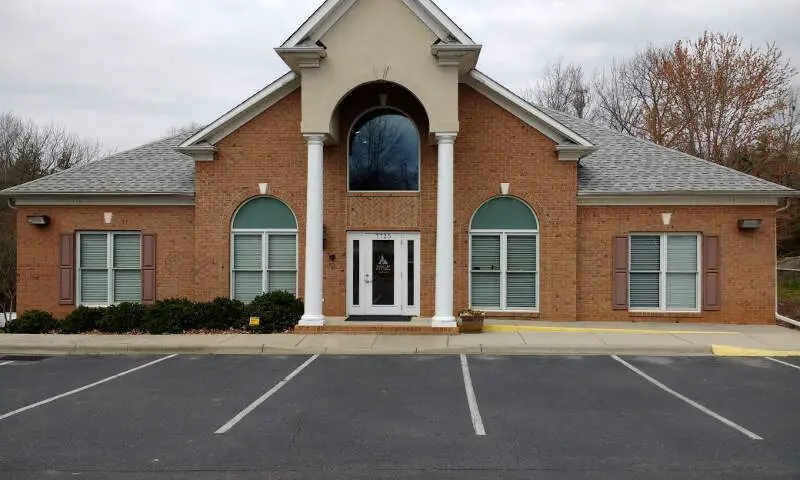
/10
Population: 13,267
% Asian: 10.15%
# Of Asian Residents: 1,347
More on Tega Cay: Data
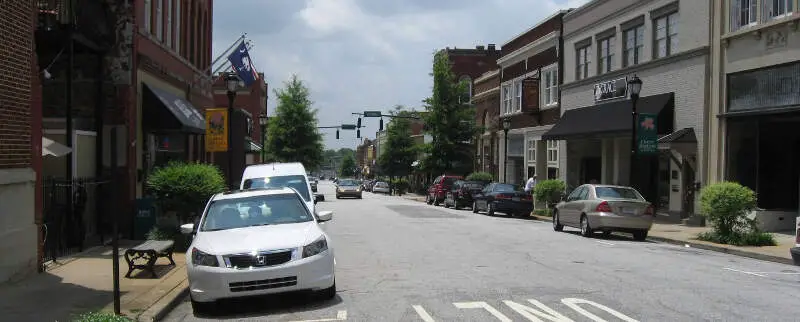
/10
Population: 39,191
% Asian: 6.09%
# Of Asian Residents: 2,385
More on Greer: Data
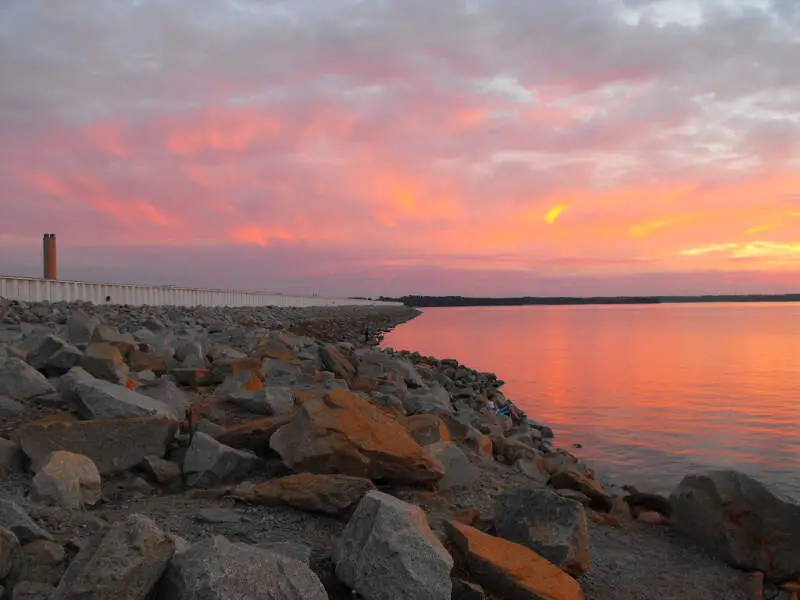
/10
Population: 24,132
% Asian: 5.96%
# Of Asian Residents: 1,439
More on Lexington: Data
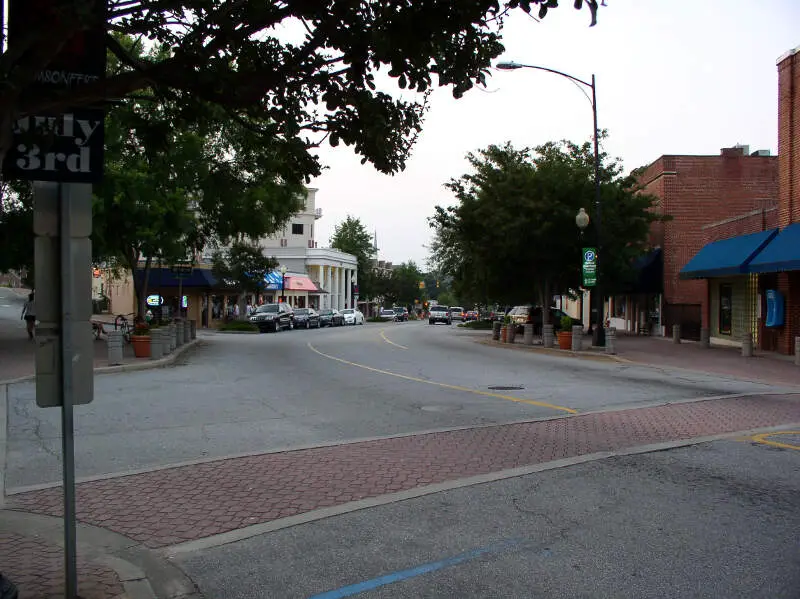
/10
Population: 17,759
% Asian: 4.99%
# Of Asian Residents: 887
More on Clemson: Data

/10
Population: 21,119
% Asian: 4.43%
# Of Asian Residents: 936
More on Hanahan: Data
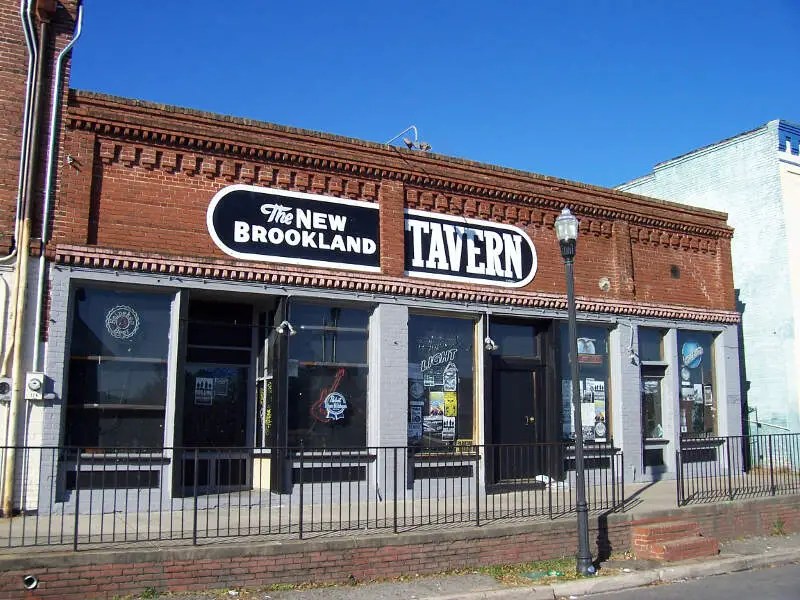
/10
Population: 17,723
% Asian: 3.49%
# Of Asian Residents: 619
More on West Columbia: Data
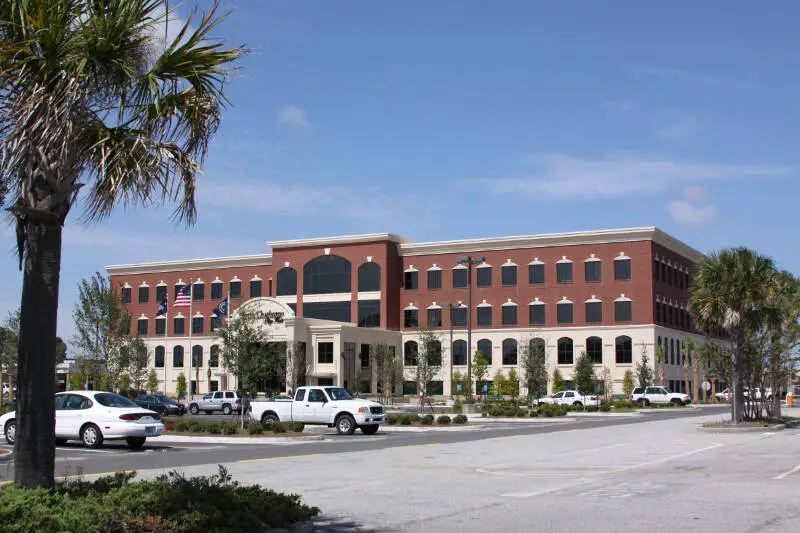
/10
Population: 117,460
% Asian: 3.49%
# Of Asian Residents: 4,094
More on North Charleston: Data

/10
Population: 46,964
% Asian: 3.46%
# Of Asian Residents: 1,624
More on Goose Creek: Data
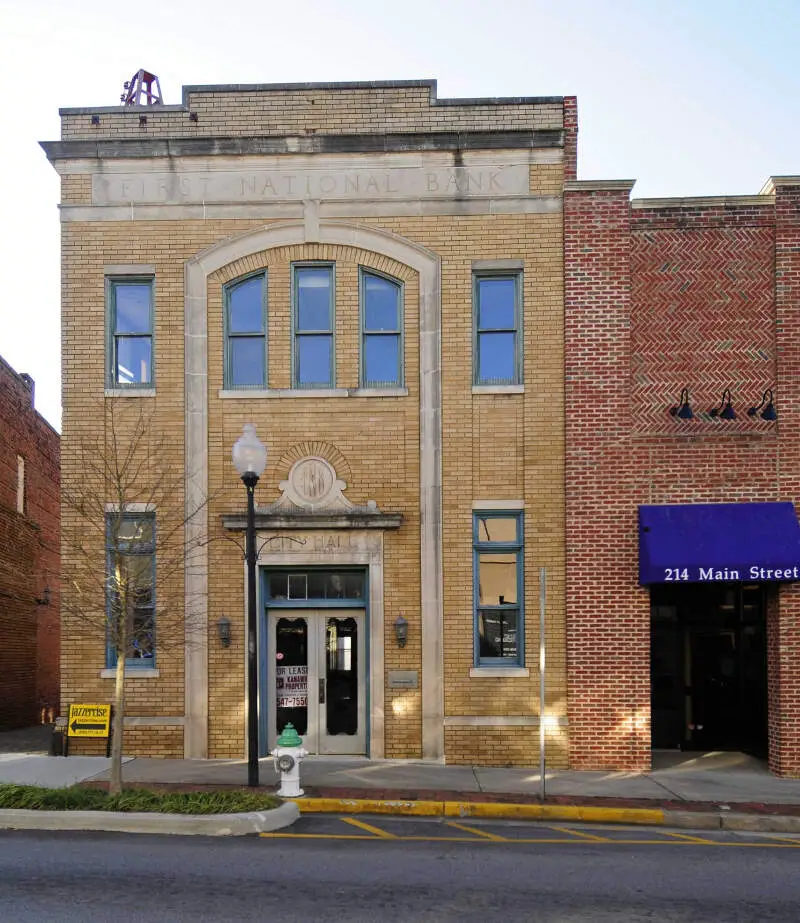
/10
Population: 28,281
% Asian: 3.25%
# Of Asian Residents: 919
More on Fort Mill: Data
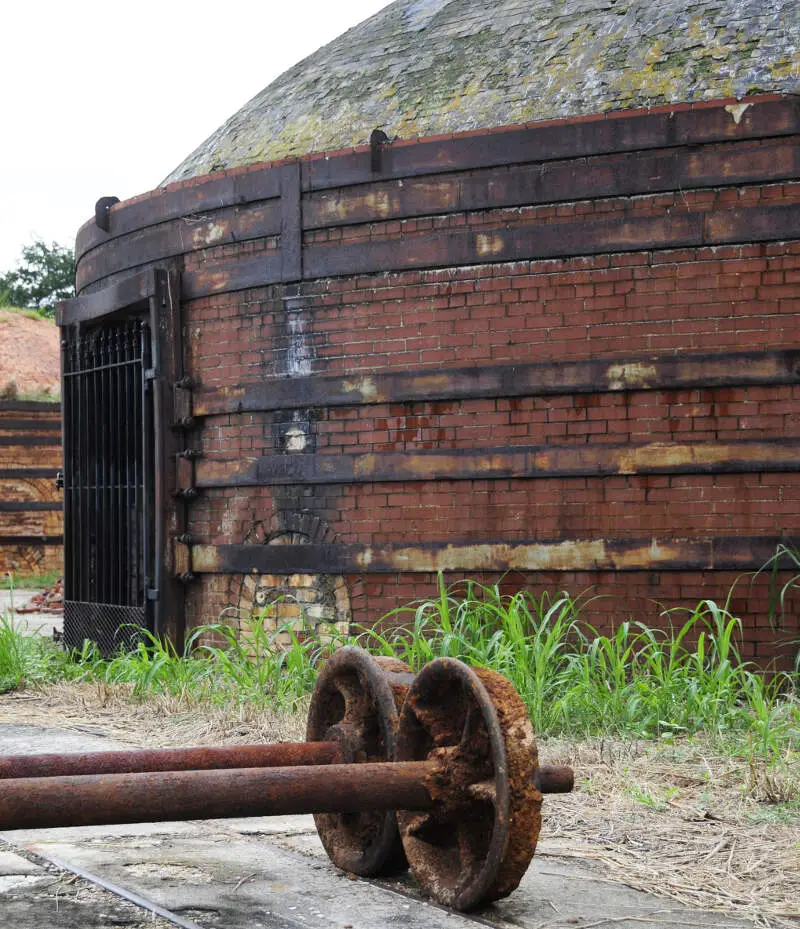
/10
Population: 13,718
% Asian: 3.22%
# Of Asian Residents: 442
More on Cayce: Data
Methodology: How We Determined The Cities In South Carolina With The Largest Asian Population For 2025
We used Saturday Night Science to compare Census data on race across every place in South Carolina.
The Census’s most recently available data comes from the 2019-2023 American Community Survey.
Specifically, we looked at table B03002: Hispanic OR LATINO ORIGIN BY RACE. Here are the category names as defined by the Census:
- Hispanic or Latino
- White alone*
- Black or African American alone*
- American Indian and Alaska Native alone*
- Asian alone*
- Native Hawaiian and Other Pacific Islander alone*
- Some other race alone*
- Two or more races*
Our particular column of interest here was the number of people who identified as Asian alone.
We limited our analysis to cities with a population greater than 5,000 people. That left us with 57 cities.
We then calculated the percentage of residents that are Asian. The percentages ranked from 10.2% to 0.0%.
Finally, we ranked each city based on the percentage of Asian population, with a higher score being more Asian than a lower score. Tega Cay took the distinction of being the most Asian, while Darlington was the least Asian city.
We updated this article for 2025. This report reflects our tenth time ranking the cities in South Carolina with the largest Asian population.
Read on for more information on how the cities in South Carolina ranked by population of Asian residents or, for a more general take on diversity in America, head over to our ranking of the most diverse cities in America.
Summary: Asian Populations Across South Carolina
If you’re looking for a breakdown of Asian populations across South Carolina according to the most recent data, this is an accurate list.
The most Asian cities in South Carolina are Tega Cay, Greer, Lexington, Clemson, Hanahan, West Columbia, North Charleston, Goose Creek, Fort Mill, and Cayce.
If you’re curious enough, here are the least Asian places in South Carolina:
- Darlington
- Dillon
- Lake City
For more South Carolina reading, check out:
- Cheapest Places To Live In South Carolina
- Best Places To Retire In South Carolina
- Best Places To Raise A Family In South Carolina
Table: Asian Population By City In South Carolina
| Rank | City | Population | Asian Population | % Asian |
|---|---|---|---|---|
| 1 | Tega Cay | 13,267 | 1,347 | 10.15% |
| 2 | Greer | 39,191 | 2,385 | 6.09% |
| 3 | Lexington | 24,132 | 1,439 | 5.96% |
| 4 | Clemson | 17,759 | 887 | 4.99% |
| 5 | Hanahan | 21,119 | 936 | 4.43% |
| 6 | West Columbia | 17,723 | 619 | 3.49% |
| 7 | North Charleston | 117,460 | 4,094 | 3.49% |
| 8 | Goose Creek | 46,964 | 1,624 | 3.46% |
| 9 | Fort Mill | 28,281 | 919 | 3.25% |
| 10 | Cayce | 13,718 | 442 | 3.22% |
| 11 | Florence | 40,205 | 1,268 | 3.15% |
| 12 | Mauldin | 25,985 | 785 | 3.02% |
| 13 | Walterboro | 5,490 | 162 | 2.95% |
| 14 | Sumter | 43,065 | 1,212 | 2.81% |
| 15 | Columbia | 138,019 | 3,564 | 2.58% |
| 16 | Irmo | 11,799 | 292 | 2.47% |
| 17 | Anderson | 29,563 | 712 | 2.41% |
| 18 | Charleston | 152,014 | 3,293 | 2.17% |
| 19 | Port Royal | 15,047 | 316 | 2.1% |
| 20 | Greenville | 71,755 | 1,462 | 2.04% |
| 21 | Rock Hill | 74,769 | 1,518 | 2.03% |
| 22 | Spartanburg | 38,578 | 766 | 1.99% |
| 23 | Aiken | 32,334 | 639 | 1.98% |
| 24 | Forest Acres | 10,491 | 202 | 1.93% |
| 25 | North Myrtle Beach | 19,343 | 367 | 1.9% |
| 26 | Hartsville | 7,422 | 137 | 1.85% |
| 27 | Mount Pleasant | 92,662 | 1,481 | 1.6% |
| 28 | Greenwood | 22,527 | 335 | 1.49% |
| 29 | Lancaster | 8,738 | 129 | 1.48% |
| 30 | Summerville | 51,262 | 724 | 1.41% |
| 31 | Cheraw | 5,024 | 68 | 1.35% |
| 32 | Conway | 26,082 | 346 | 1.33% |
| 33 | Clinton | 7,624 | 100 | 1.31% |
| 34 | Simpsonville | 25,125 | 308 | 1.23% |
| 35 | Bennettsville | 6,798 | 74 | 1.09% |
| 36 | Myrtle Beach | 37,214 | 404 | 1.09% |
| 37 | North Augusta | 24,928 | 236 | 0.95% |
| 38 | Hilton Head Island | 37,805 | 345 | 0.91% |
| 39 | Bluffton | 31,323 | 280 | 0.89% |
| 40 | Orangeburg | 13,189 | 114 | 0.86% |
| 41 | Chester | 5,241 | 42 | 0.8% |
| 42 | Beaufort | 13,660 | 107 | 0.78% |
| 43 | Newberry | 10,733 | 73 | 0.68% |
| 44 | Gaffney | 12,612 | 85 | 0.67% |
| 45 | Marion | 6,338 | 42 | 0.66% |
| 46 | Seneca | 8,910 | 58 | 0.65% |
| 47 | Laurens | 9,307 | 56 | 0.6% |
| 48 | Camden | 8,025 | 37 | 0.46% |
| 49 | Easley | 23,942 | 105 | 0.44% |
| 50 | Georgetown | 8,511 | 29 | 0.34% |
| 51 | York | 8,697 | 10 | 0.11% |
| 52 | Moncks Corner | 14,362 | 14 | 0.1% |
| 53 | Union | 8,047 | 7 | 0.09% |
| 54 | Fountain Inn | 11,307 | 0 | 0.0% |
| 55 | Lake City | 6,032 | 0 | 0.0% |
| 56 | Dillon | 6,406 | 0 | 0.0% |
| 57 | Darlington | 6,128 | 0 | 0.0% |
